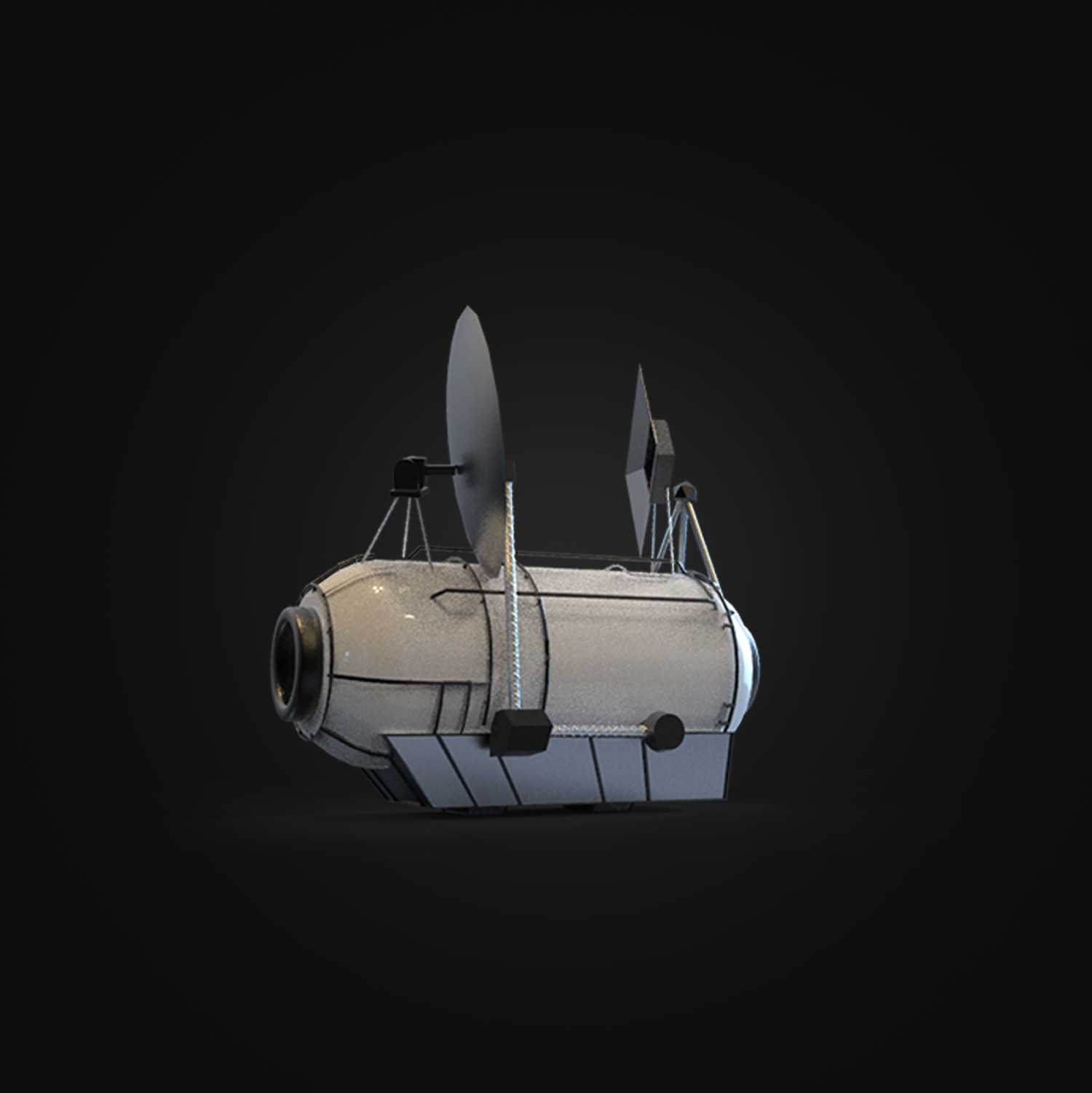Nuestro objetivo
Desarrollo de proyectos espaciales de alto impacto en ingeniería y ciencias básicas y aplicadas, con una fuerte componente de formación de recursos humanos en el sector espacial mexicano.
Desarrollo de proyectos espaciales de alto impacto en ingeniería y ciencias básicas y aplicadas, con una fuerte componente de formación de recursos humanos en el sector espacial mexicano.
The main objective of COLMENA is to be a pioneer in proving the concept of the use of autonomous Micro-Robots in space exploration and mining tasks.
The mission is comprised of a set of 5 self-organizing microrobots that will collect data from the lunar surface, a complicated environment exposed to the interplanetary medium. With a diameter of 12 centimeters and a weight of less than 60 grams, the dimensions of these robots will place them just a few centimeters from the lunar regolith surface. A powder made up of extremely fine, irregular and abrasive grains.
The “swarm” will demonstrate its ability to survive, move and communicate amidst an even thinner layer of regolith that levitates about 20 cm from the surface. This layer of dust is part of the scientific mission of COLMENA, as its “aggressive” characteristics have been an obstacle to the technology. Their study will make it possible to analyze the feasibility of building structures on planetary surfaces using swarms of self-organizing robots.
The COLMENA payload (produced by LINX):
Launch: COLMENA will blast off aboard astrobotic’s Peregrine lunar module on the Peregrine Mission One (PM1) mission, which will be launched aboard United Launch Alliance’s (ULA) Vulcan VC2S rocket from Space Launch Complex-41 at Cape Cañaveral Space Force Station in Florida.
Liftoff is a critical point for COLMENA, as it is when it faces the maximum mechanical stress caused by the launch vibrations generated by the rocket’s effort as it leaves the Earth’s atmosphere.
Trajectory: On its journey, the mission will cross the Van Allen rings, an area of Earth’s manethosphere filled with highly charged particles from the solar wind. A crucial point for all electronics due to exposure to such space radiation.
Moon landing: Once the lander has reached the moon, it will take between one or two Earth days for the deployment of the COLMENA units. This time is calculated to avoid several factors that could make an impact on your mission. By then:
Deployment: The first to be turned on will be the TTDM, which will perform a verification sequence of all its systems, being ready for the release of the robots.
The catapult will deploy the robots via a release request sent from Earth, activating the slicing system that will launch them onto the lunar surface.
Technology Mission: The robots, powered by energy from their solar panels, will activate and begin a calibration sequence. Subsequently, they begin the task of grouping together, looking for each other. It is estimated that this phase will last approximately three hours.
Science Mission: Once agglomerated together, the robots will begin transmitting signals to the TTDM. From this moment on, they will devote their energy to the measurement of the parameters for the characterization of powdery plasma (lunar dust with electrostatic charge in which they are found).
This Phase 6 concludes with the shutdown of the robots, which will occur with the arrival of the lunar night, equivalent to 14 Earth days.
Second Lunar Dawn: During this phase, there is a chance that robots will reactivate. This event is considered to be an extended event, since there is also no certainty that the Lunar Module Peregrine managed to survive the lunar night.




Dirección
Instituto de Ciencias Nucleares, Universidad Nacional Autónoma de México, Apartado Postal 70-543, Ciudad Universitaria, Ciudad de México, México
Correo
linx@
correo.nucleares.unam.mx
Teléfono
55-5623-3389